#astrophysics
Text
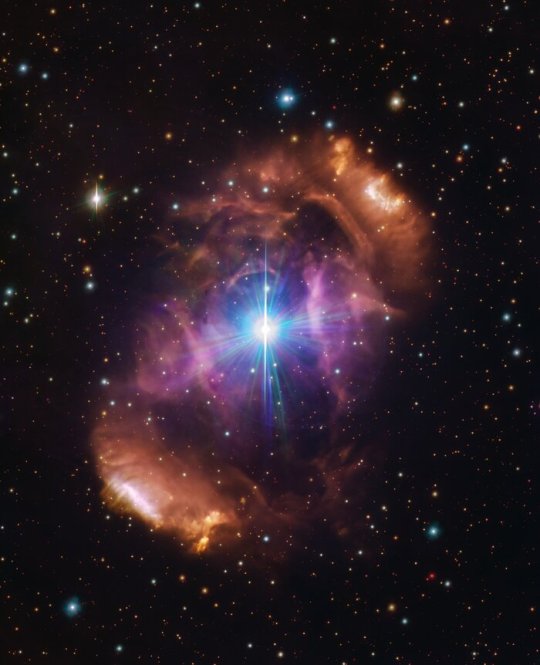
This image, taken with the VLT Survey Telescope hosted at ESO’s Paranal Observatory, shows the beautiful nebula NGC 6164/6165, also known as the Dragon’s Egg. The nebula is a cloud of gas and dust surrounding a pair of stars called HD 148937.
In a new study using ESO data, astronomers have shown that the two stars are unusually different from each other — one appears much younger and, unlike the other, is magnetic. Moreover, the nebula is significantly younger than either star at its heart, and is made up of gases normally found deep within a star and not on the outside. These clues together helped solve the mystery of the HD 148937 system — there were most likely three stars in the system until two of them clashed and merged, creating a new, larger and magnetic star. This violent event also created the spectacular nebula that now surrounds the remaining stars. Credit:
Credit: ESO
286 notes
·
View notes
Text

Clearest photo of Pluto ever taken
#pluto#planet pluto#solar system#astronomy#astronomers#nasa#universe#astrophotography#nasa photos#astrophysics#outer space#nasawebb#hubble space telescope#i love astronomy#astronomy facts#astrography#astro community#astro notes#astro observations#astroblr#space exploration#space#science#science facts#planetary science#cosmos#the universe#galaxy#galaxies#planetary nebula
140 notes
·
View notes
Text

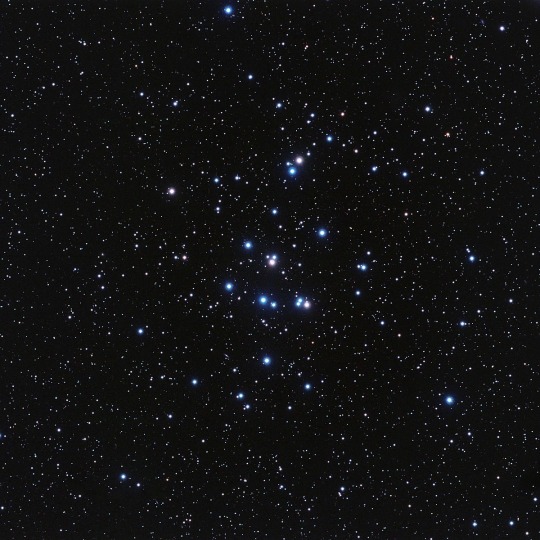
all day today I was doing an assignment on astronomical exercises where I had to make a star map of any object. I made a map of the open star cluster Beehive M44
I'm very tired, but I like the result and I want to print this and hang it above my desk
#astrophysics student#astronomy student#astrophysics#astronomy#stem student#student life#night sky#stars#star map#stem academia#dark academia#space#star cluster#studyblr#study blog#star cartography
95 notes
·
View notes
Text
Planetary atmospheres are typically leaky things. Think about it – with no impenetrable barrier to hold it back against the void, some of it is bound to seep away and dissipate into the very tenuous medium in the between parts of space.
Earth loses about 90 tonnes of atmospheric material every day. That's not enough to make a dent, but it does give us a few clues about why some of the other planets are the way they are. Venus, for example, is thought to have once been a temperate world like Earth, with liquid water on its surface. Now, it's a scorching hell-planet choked in clouds of carbon dioxide that rain sulfuric acid.
Continue Reading.
70 notes
·
View notes
Text
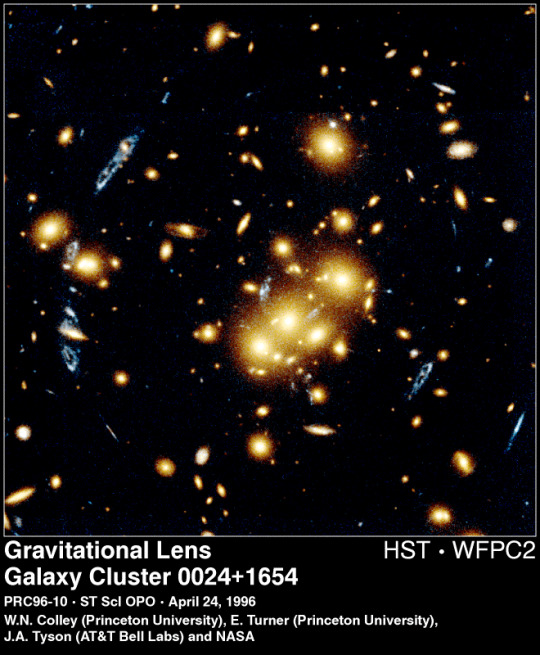
Giant Cluster Bends, Breaks Galaxy Images - April 24th, 1996.
"What are those strange blue objects? Many are images of a single, unusual, beaded, blue, ring-like galaxy which just happens to line-up behind a giant cluster of galaxies. Cluster galaxies here appear yellow and - together with the cluster's dark matter - act as a gravitational lens. A gravitational lens can create several images of background galaxies, analogous to the many points of light one would see while looking through a wine glass at a distant street light. The distinctive shape of this background galaxy - which was probably just forming - has allowed astronomers to deduce that it has separate images at 4, 8, 9 and 10 o'clock, from the center of the cluster. Possibly even the blue smudge just left of the center is yet another image! This spectacular photo from HST was taken in October, 1994. The first cluster lens was found unexpectedly by Roger Lynds (NOAO) and Vahe Petrosian (Stanford) in 1986, while testing a new type of imaging device. Lensed arcs around this cluster, CL0024+1654, were first discovered from the ground by David Koo (UCO Lick) in 1988."
59 notes
·
View notes
Text
HOW FAST DOES LIGHT TRAVEL??
Blog#395
Wednesday, April 24th, 2024.
Welcome back,
The speed of light traveling through a vacuum is exactly 299,792,458 meters (983,571,056 feet) per second. That's about 186,282 miles per second — a universal constant known in equations as "c," or light speed.
According to physicist Albert Einstein's theory of special relativity, on which much of modern physics is based, nothing in the universe can travel faster than light.

The theory states that as matter approaches the speed of light, the matter's mass becomes infinite. That means the speed of light functions as a speed limit on the whole universe. The speed of light is so immutable that, according to the U.S. National Institute of Standards and Technology, it is used to define international standard measurements like the meter (and by extension, the mile, the foot and the inch).

Through some crafty equations, it also helps define the kilogram and the temperature unit Kelvin.
But despite the speed of light's reputation as a universal constant, scientists and science fiction writers alike spend time contemplating faster-than-light travel. So far no one's been able to demonstrate a real warp drive, but that hasn't slowed our collective hurtle toward new stories, new inventions and new realms of physics.
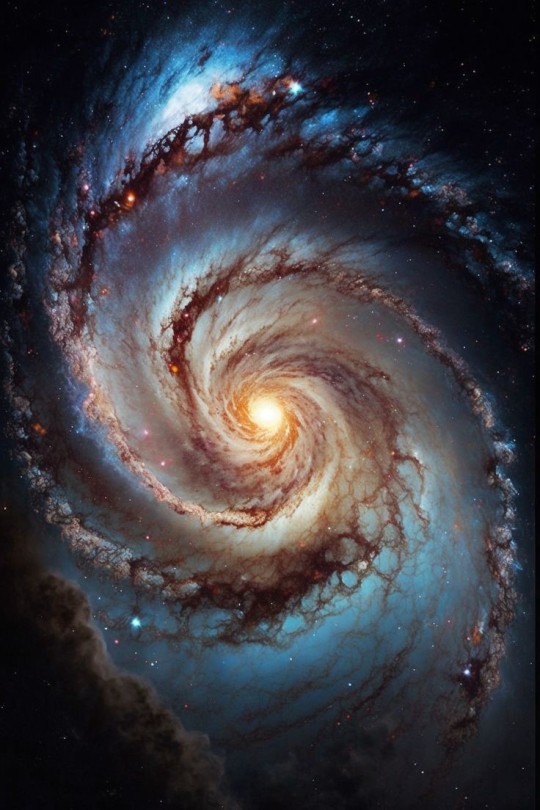
A light-year is the distance that light can travel in one year — about 6 trillion miles (10 trillion kilometers). It's one way that astronomers and physicists measure immense distances across our universe.
Light travels from the moon to our eyes in about 1 second, which means the moon is about 1 light-second away. Sunlight takes about 8 minutes to reach our eyes, so the sun is about 8 light minutes away. Light from Alpha Centauri, which is the nearest star system to our own, requires roughly 4.3 years to get here, so Alpha Centauri is 4.3 light-years away.

"To obtain an idea of the size of a light-year, take the circumference of the Earth (24,900 miles), lay it out in a straight line, multiply the length of the line by 7.5 (the corresponding distance is one light-second), then place 31.6 million similar lines end to end," NASA's Glenn Research Center says on its website. "The resulting distance is almost 6 trillion (6,000,000,000,000) miles!"

Stars and other objects beyond our solar system lie anywhere from a few light-years to a few billion light-years away. And everything astronomers "see" in the distant universe is literally history. When astronomers study objects that are far away, they are seeing light that shows the objects as they existed at the time that light left them.
Originally published on https://www.space.com
COMING UP!!
(Saturday, April 27th, 2024)
"HOW WAS OUR SOLAR SYSTEM CREATED??"
#astronomy#outer space#alternate universe#astrophysics#universe#spacecraft#white universe#space#parallel universe#astrophotography
59 notes
·
View notes
Text
youtube
Venture into the deep past of the cosmos with Crash Course Pods: The Universe. In episode one, John Green and Dr. Katie Mack start at the beginning -- the first 60 seconds of the universe 13.8 billion years ago.
Episode one is out now! Listen on YouTube or wherever you get your podcasts!
#crash course#john green#science#education#Dr. Katie Mack#astrophysics#astronomy#deeptime#podcast#Youtube
40 notes
·
View notes
Text
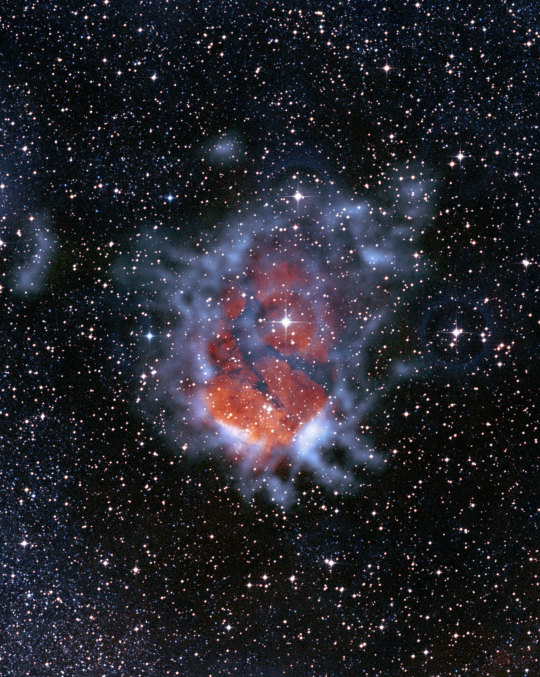
RCW120.
Distance: 4500 light years.
Credit: ESO/APEX/DSS2/ SuperCosmos/ Deharveng(LAM)/ Zavagno(LAM).
#space#science#nature#astronomy#Universe#Cosmos#Astrophotography#NASA#astro community#outer space#astrophysics#cosmology#nebula
35 notes
·
View notes
Text
Smoking Companions or Messier 82 & 81



Bode and Cigar Galaxy or M81 & M82 in the constellation Ursa Major about 12 million light years away from us.
M81 (left) is a Hubble-type spiral galaxy, like about 10% of all spiral galaxies.
M82 passed its galactic neighbor M81 about 500 million years ago and this significantly increased the star formation rate in M82 (starburst). As a result, it is one of the brightest galaxies in the infrared and also in the radio wavelength range.
Almost 15hours of data were used to process this picture.
Bilddaten:
- RGB 153 x 300s / Gain 100
- Dual 29 x 360s / Gain 100
- 25 Flat Dark
- 25 Flat Darks
- 25 Darks
Setup:
- Skywatcher 150/750 F5 PDS
- Omegon 571C
- Skywatcher EQ6R Pro
- Zwo Asi 178mm als Guide cam
23 notes
·
View notes
Text
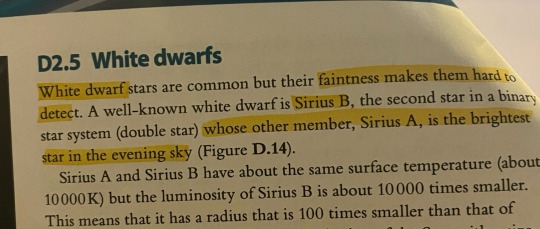
they’re everywhere (i am absolutely loosing my goddamn mind)
#wolfstar#sirius black#remus lupin#remus x sirius#marauders#astronomy#astrophysics#hl physics#physics#ib#international baccalaureate#ib diploma#ib dp#ib exams 2024#ib year 2#ibdp student
20 notes
·
View notes
Text


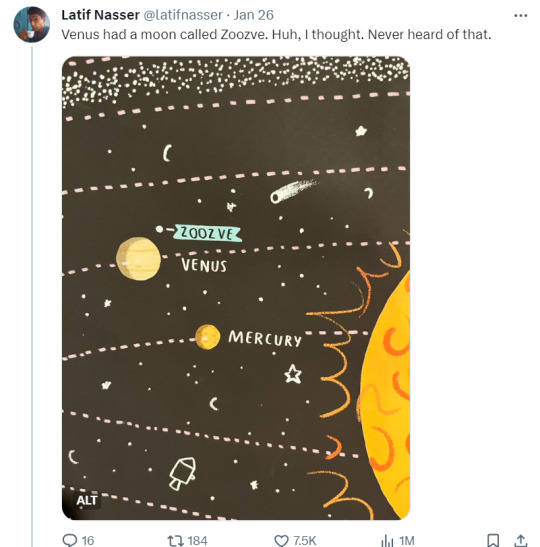
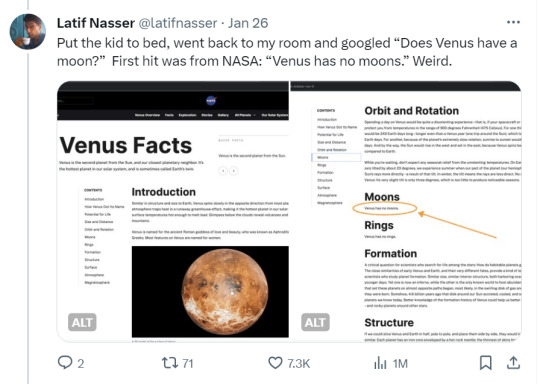
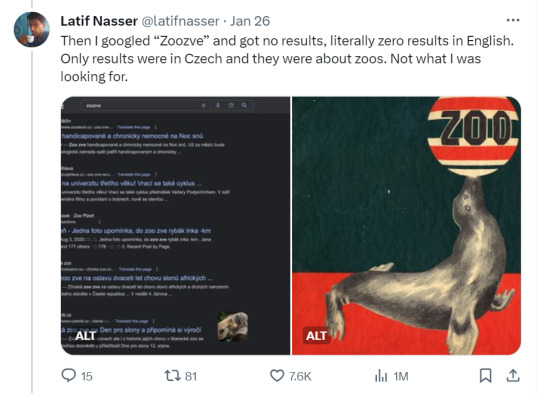
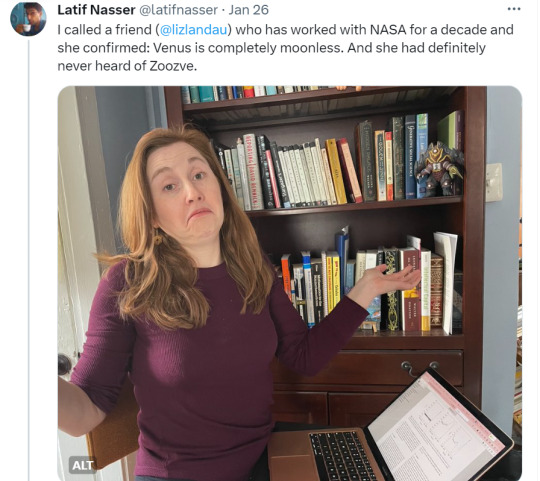



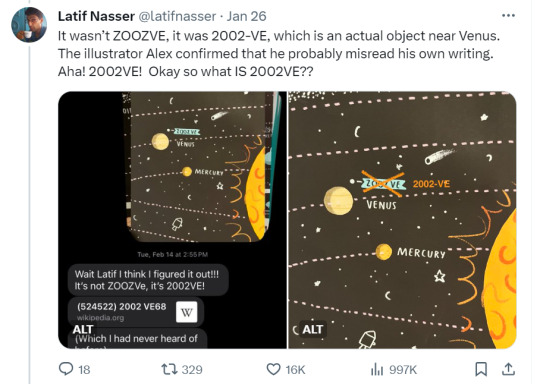


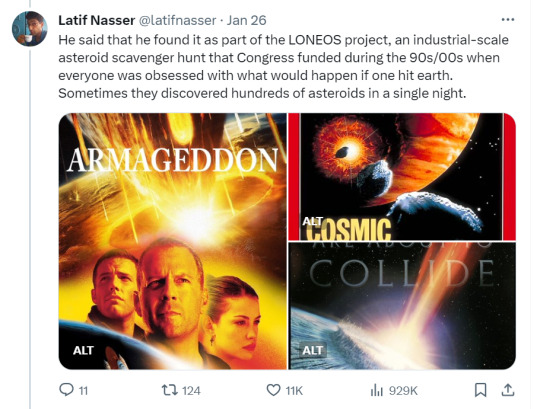

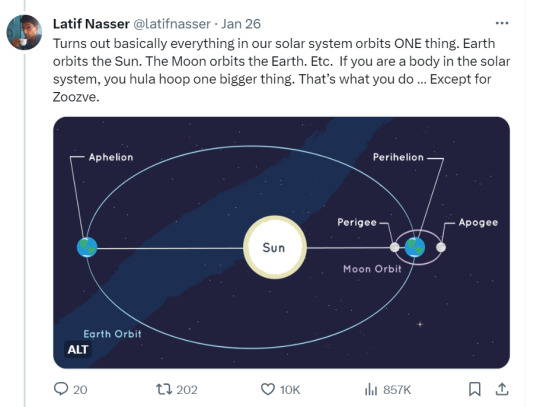
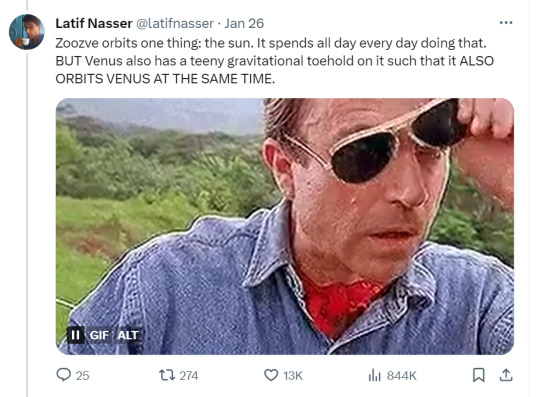
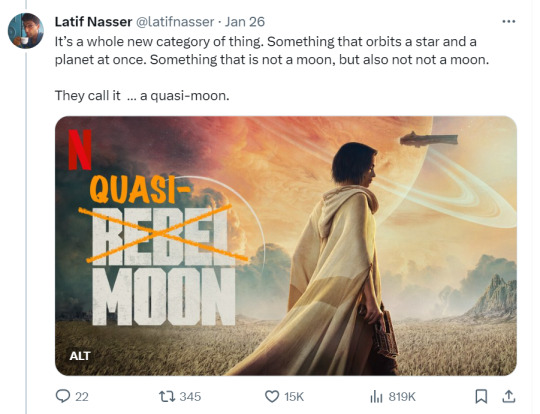



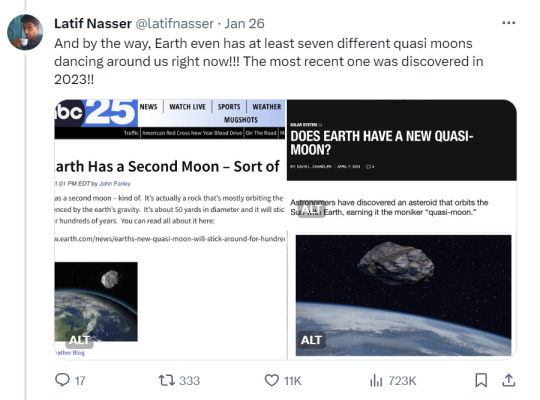

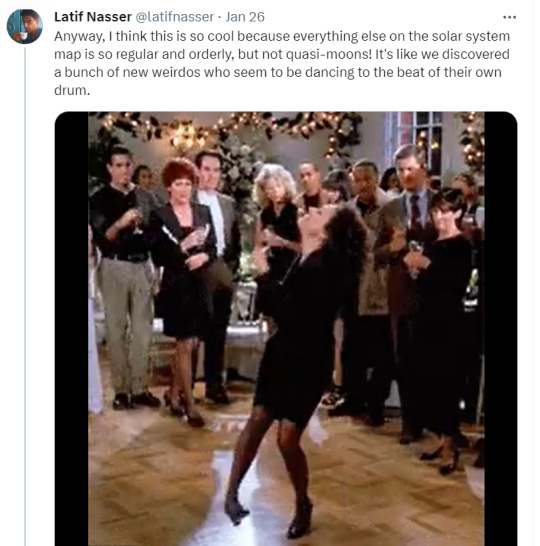
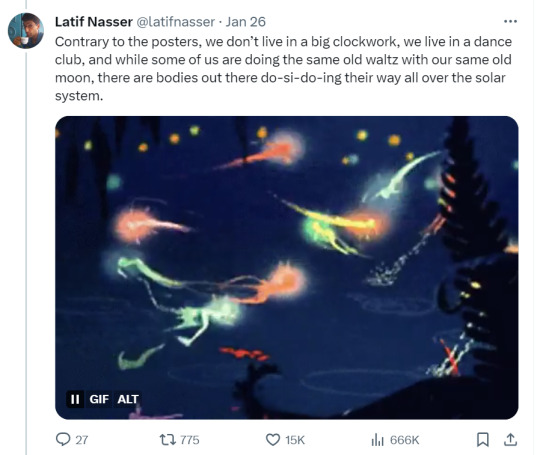
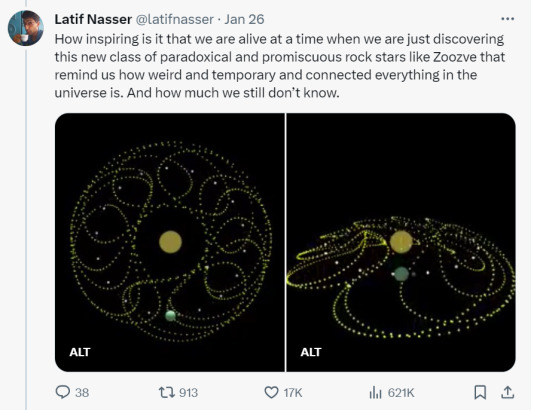
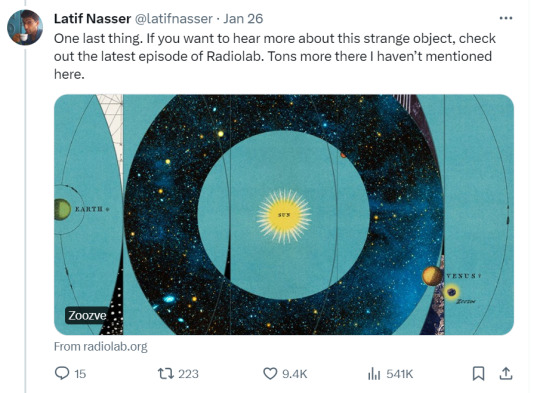
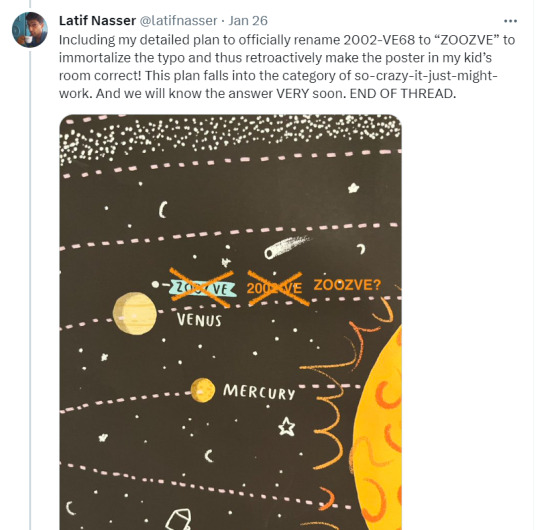
Zoozve, my beloved
#i cannot tell you how much this made me smile just bc it's so full of love#moon#venus#zoozve#long post#sorry about that it's very long but it's very entertaining i hope you enjoy this lil zoozve gem haha#astronomy#astrophysics#space
118K notes
·
View notes
Text

My latest cartoon for New Scientist.
9K notes
·
View notes
Text
A few more clear 8K quality photos. Mercury's surface temperatures are both extremely hot and cold. Because the planet is so close to the Sun, day temperatures can reach highs of 800°F (430°C).

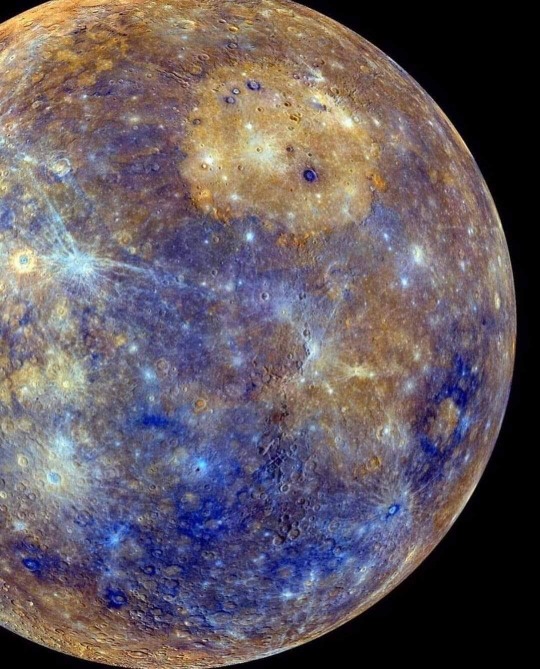

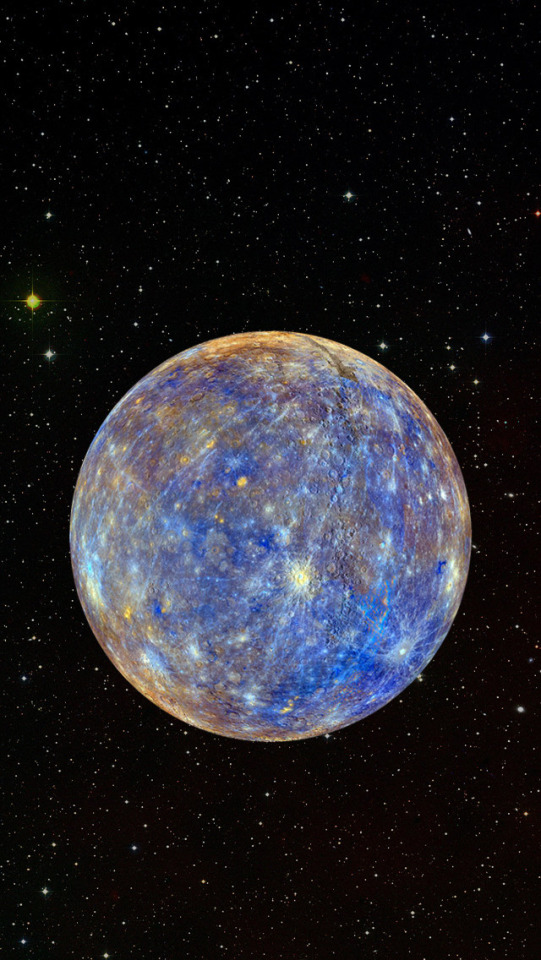


#planet mercury#mercury planet#sunshine#deep sky#sky#i love astronomy#astronomy facts#astrography#astronomy#nasa#astronomers#universe#astrophotography#nasa photos#astrophysics#outer space#nasawebb#hubble space telescope#solar system#international space station#space science#space exploration#space#space photography#astronaut#planetary science#science facts#science#planetary nebula#cosmos
96 notes
·
View notes
Text
Black Hole Friday Deals!
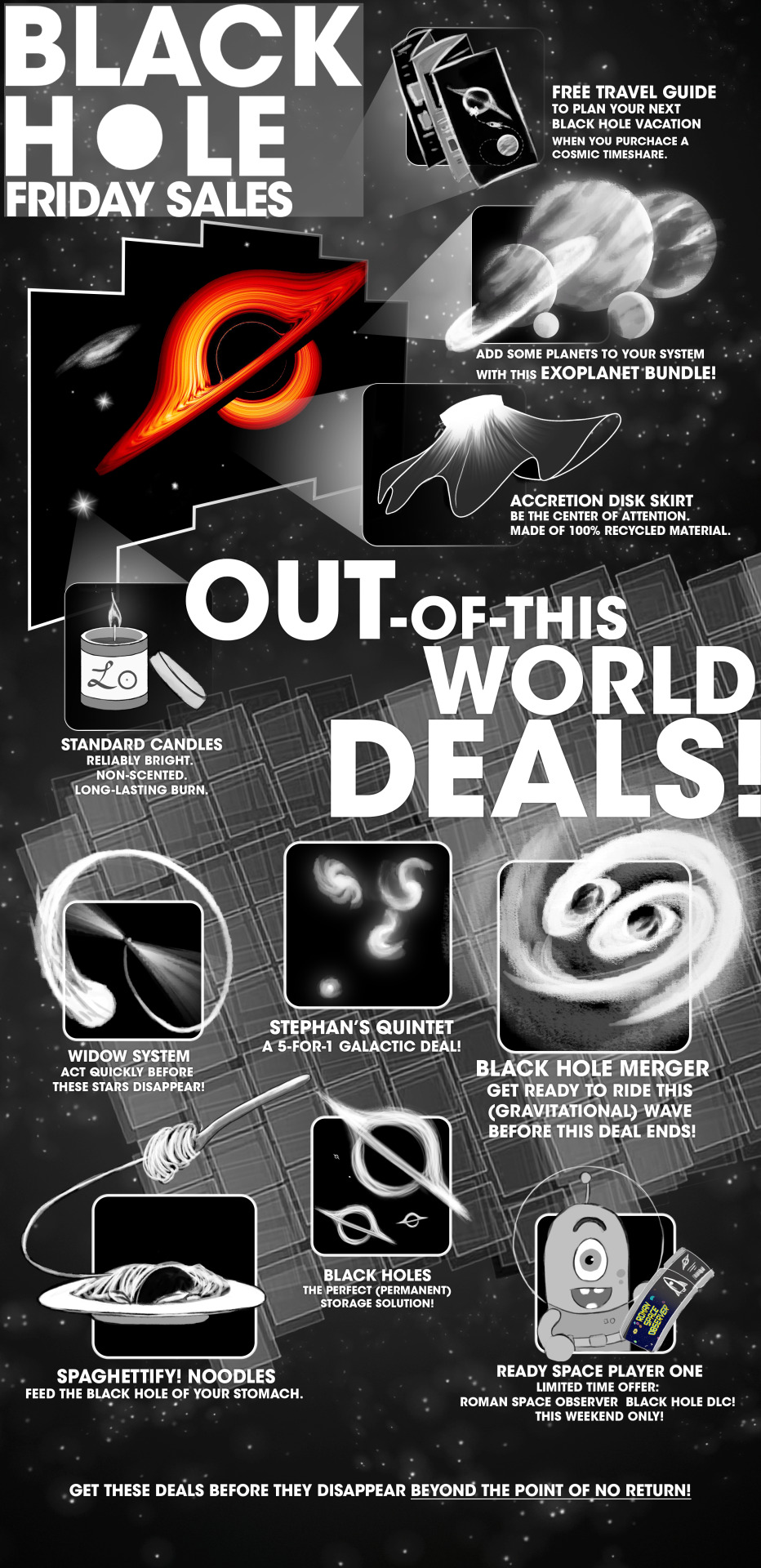
Get these deals before they are sucked into a black hole and gone forever! This “Black Hole Friday,” we have some cosmic savings that are sure to be out of this world.
Your classic black holes — the ultimate storage solution.
Galactic 5-for-1 special! Learn more about Stephan’s Quintet.
Limited-time offer game DLC! Try your hand at the Roman Space Observer Video Game, Black Hole edition, available this weekend only.
Standard candles: Exploding stars that are reliably bright. Multi-functional — can be used to measure distances in space!
Feed the black hole in your stomach. Spaghettification’s on the menu.
Act quickly before the stars in this widow system are gone!
Add some planets to your solar system! Grab our Exoplanet Bundle.
Get ready to ride this (gravitational) wave before this Black Hole Merger ends!
Be the center of attention in this stylish accretion disk skirt. Made of 100% recycled cosmic material.
Should you ever travel to a black hole? No. But if you do, here’s a free guide to make your trip as safe* as possible. *Note: black holes are never safe.
Make sure to follow us on Tumblr for your regular dose of space!
#NASA#astronomy#telescope#Roman Space Telescope#black holes#galaxies#cosmology#astrophysics#stars#galaxy#Hubble#Webb#space#exoplanets#science#physics#comic#comics#comic art
3K notes
·
View notes
Text
NASA is serious
Also NASA:
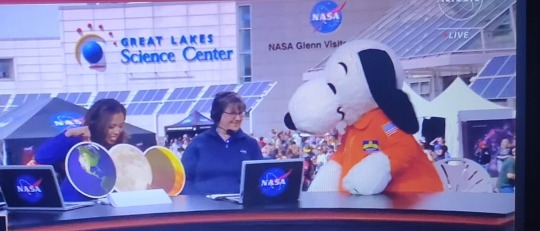
I love NASA
3K notes
·
View notes
Text
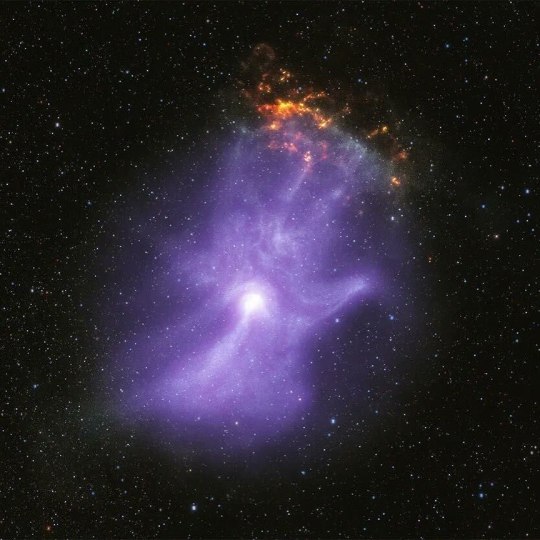
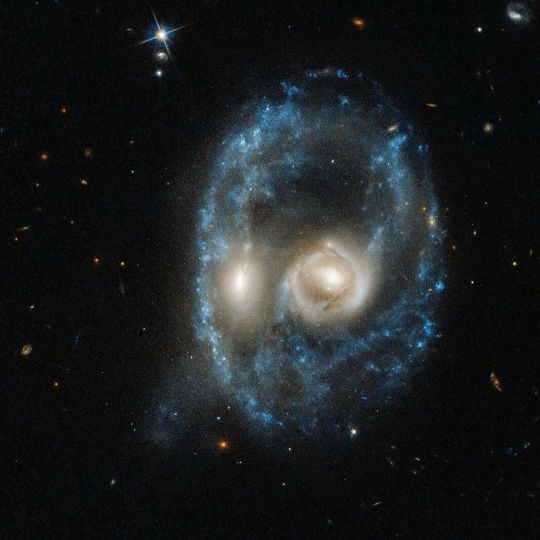
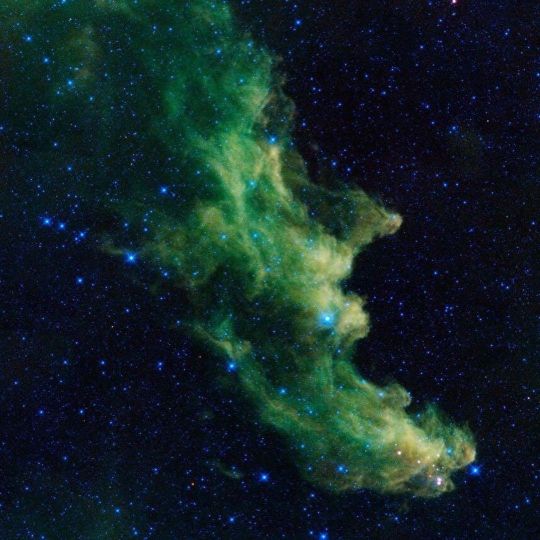
by nasa
#halloween#happy halloween#nasa#space#science#astrophotography#astrophysics#astronomy#spooky#curators on tumblr#up
3K notes
·
View notes